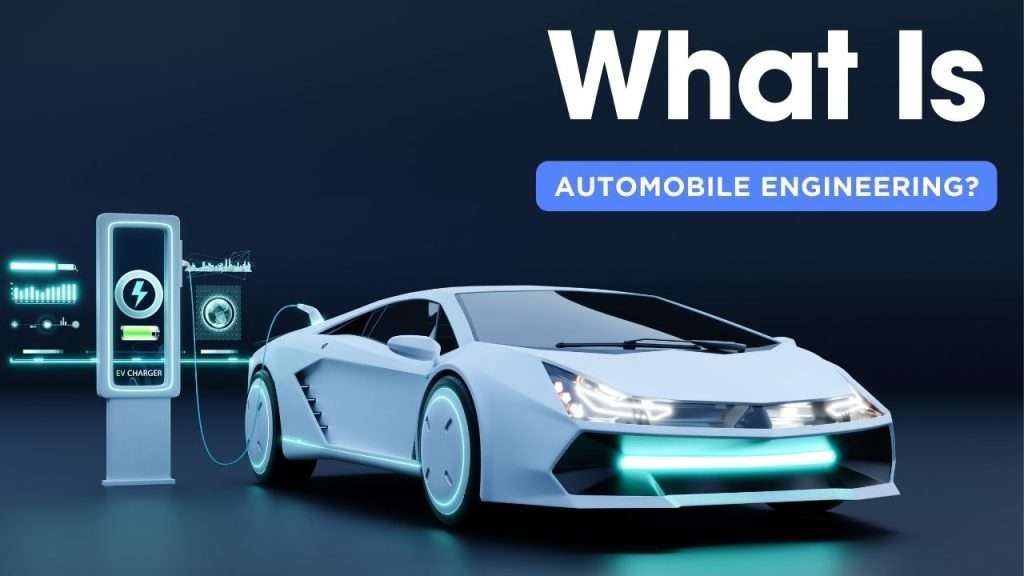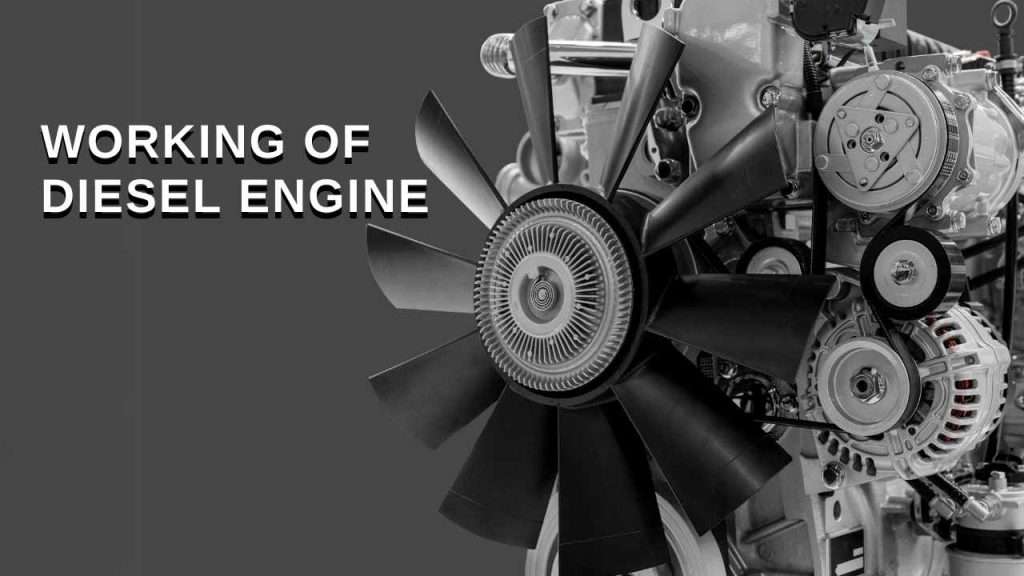Have you ever found yourself struggling with how to turn on a car, unsure of the correct steps to take? no further, as we have an easy guide that will help you start your car easily. In this step-by-step guide, we will walk you through the process of turning on your car, ensuring a smooth start every time.
Whether you’re a new driver or just looking to refresh your memory, this guide is designed to provide you with a clear understanding of the ignition process.
So, let’s dive into our step-by-step guide and unlock the secrets to starting your car effortlessly.
Understanding the ignition system for how to turn on a car

The ignition system is a crucial component of your car that allows you to start the engine and get on the road. The ignition system has various parts that work together and generate a spark to ignite the air-fuel mixture and generate power in an engine cylinder.
Components of the ignition system
The key components of the ignition system include the battery, ignition switch, starter motor, ignition coil, distributor (in older cars), spark plugs, and the engine control unit (ECU). Each of these components plays a vital role in ensuring a smooth start and efficient operation of your vehicle.
(Learn how the engine works in a car)
The battery provides the electrical power to the ignition system, while the ignition switch acts as the control point for turning the system on and off. The starter motor is responsible for cranking the engine, while the ignition coil converts the battery’s low voltage into high voltage, which is needed to create a spark at the spark plugs.
In older cars, the distributor distributes the high voltage from the ignition coil to the spark plugs in the correct firing order. However, in modern cars, this function is taken over by the engine control unit (ECU), which uses sensors to determine the optimal timing for ignition.
Different types of ignition systems
There are primarily two types of ignition systems used in cars: the conventional ignition system and the electronic ignition system. The conventional ignition system is commonly found in older cars, while electronic ignition systems are more prevalent in modern vehicles.
Conventional ignition systems rely on a set of points and a condenser to control the timing of the spark, whereas electronic ignition systems use solid-state components to achieve more precise control over the ignition timing.
Now that we have a basic understanding of the ignition system and its components let’s move on to the step-by-step guide on how to turn on a car.
Step 1: Preparing to start the car

Before starting the ignition process, it’s essential to ensure that you’re in a safe and appropriate location. Make sure your car is parked correctly, with the transmission in the park or neutral position. To ensure the safety of your vehicle, you must engage the parking brake to preclude any inadvertent movement.
Next, check that all accessories, such as lights, radio, and air conditioning, are turned off. This step is crucial as it helps reduce the load on the battery when starting the engine.
It’s also a good practice to visually inspect the area around your car for any potential hazards or obstacles that may impede your ability to start the engine safely.
Step 2: Inserting the key and turning the ignition switch

Once you’ve prepared the car for ignition, it’s time to insert the key into the ignition switch. The ignition switch is usually located on the steering column or dashboard, and it is marked with the letters “ACC,” “ON,” and “START.”
The ignition key should be inserted into the ignition switch and rotated to the “ACC” or “ON” position. In this position, the electrical accessories in your car, such as the radio and lights, should turn on. It’s important to note that the engine is still not running at this stage.

After turning the key to the “ACC” or “ON” position, wait for a few seconds to allow the fuel pump to pressurize the fuel system. This step ensures that there is adequate fuel supply for the engine to start smoothly.
Once you’ve allowed enough time for the fuel pump to do its job, turn the key further to the “START” position. This will engage the starter motor, which will crank the engine.
Step 3: Listening for the engine to start

As you turn the key to the “START” position, listen carefully to the sound of the engine starting. The engine should fire up and start running smoothly. If you hear a clicking sound or the engine fails to start, it could indicate a problem with the battery, starter motor, or ignition system.
In such cases, it’s best to consult a professional mechanic to diagnose and fix the issue. Attempting to start the engine repeatedly without success can drain the battery and cause further damage to the ignition system.
Step 4: Releasing the ignition switch and letting the engine run
Once the engine starts running, release the ignition switch and let it return to the “ON” position. The engine should continue running smoothly, and all the electrical accessories should remain operational.
If the engine stalls immediately after starting, it could indicate a problem with the fuel delivery or ignition system. In such cases, it’s advisable to stop the engine and seek professional assistance.




